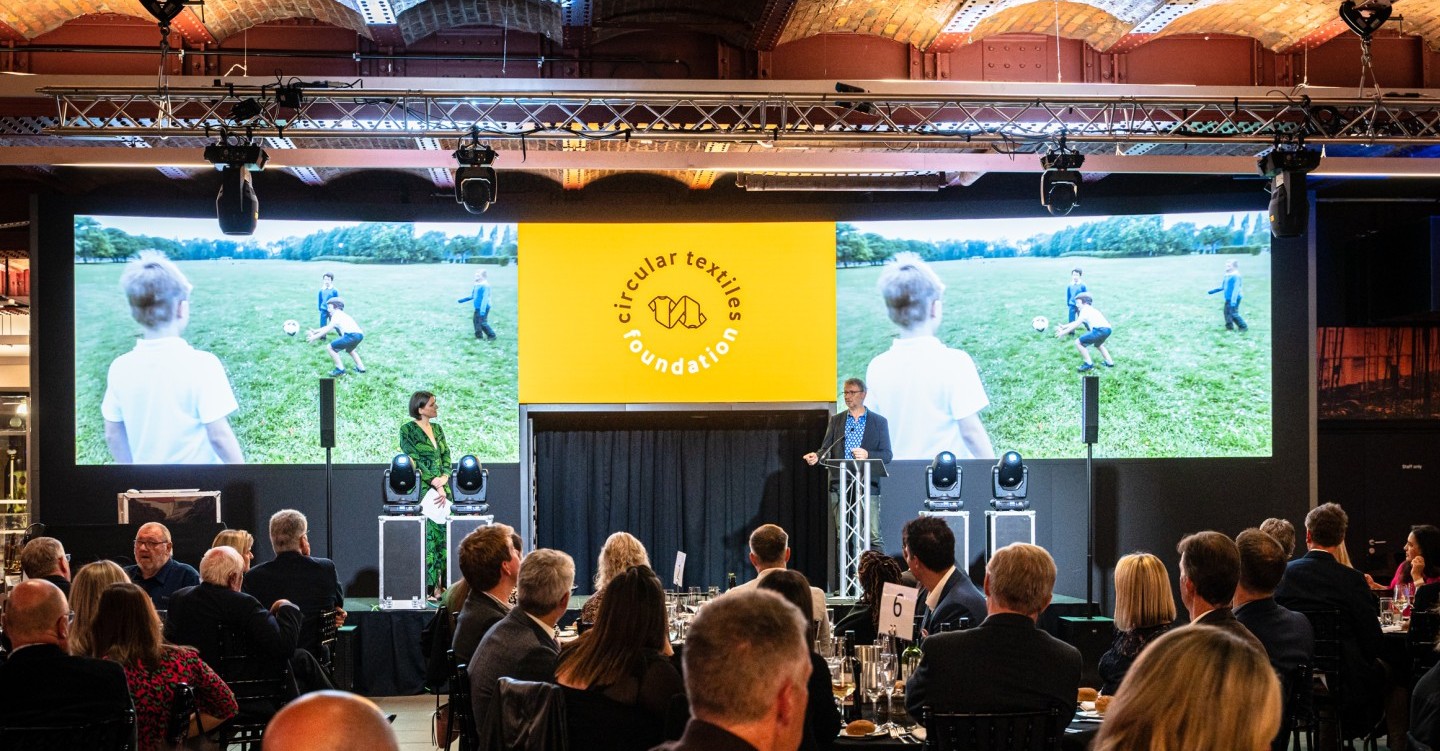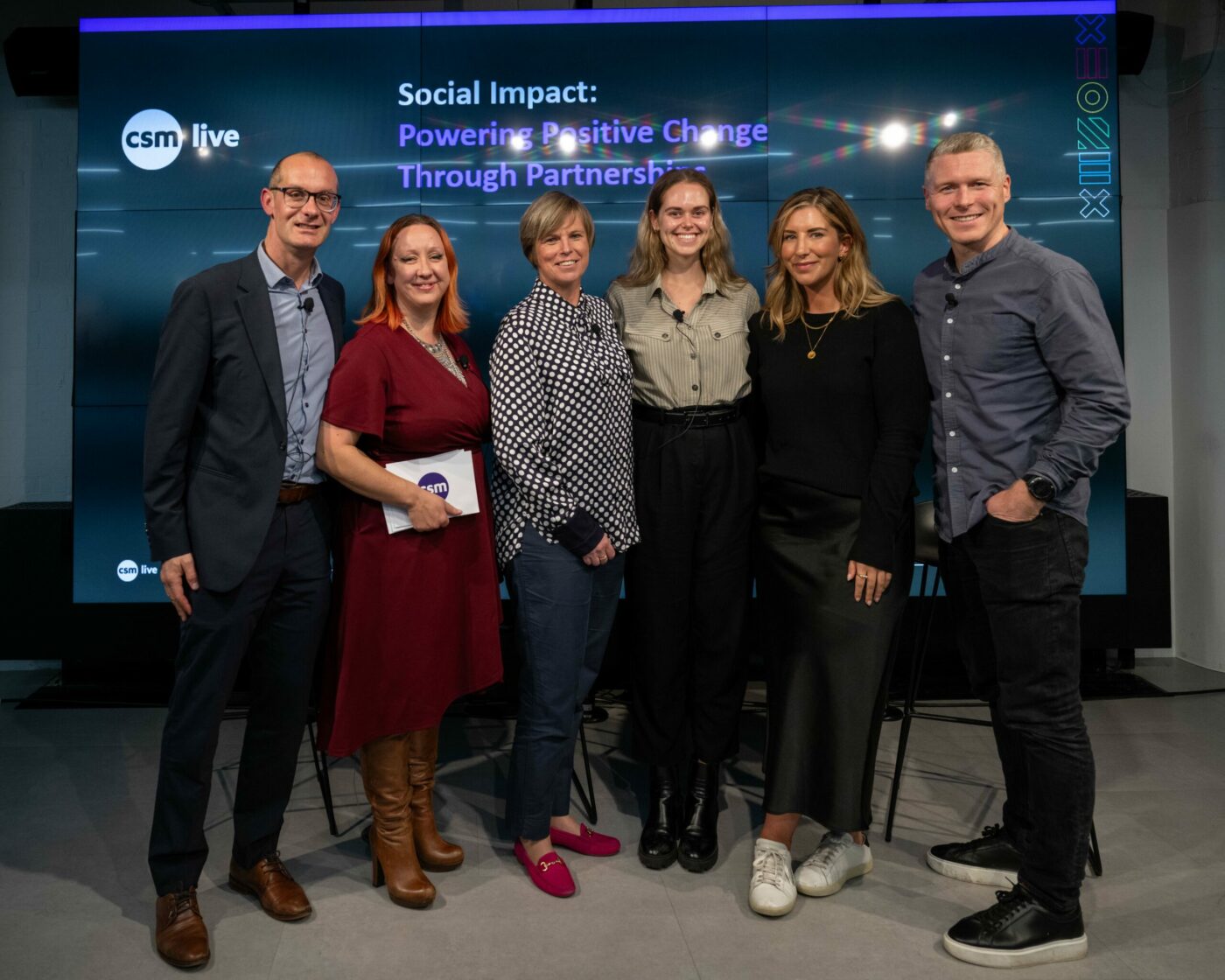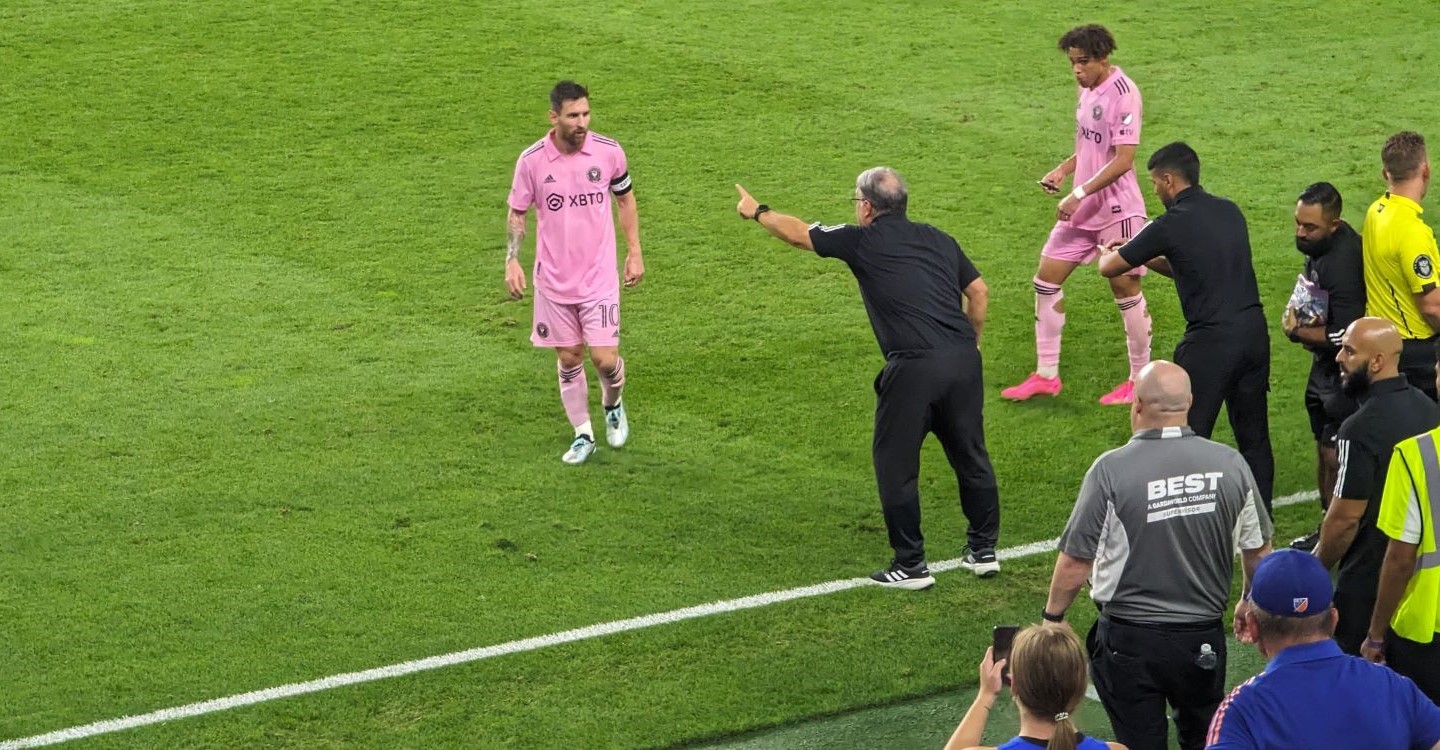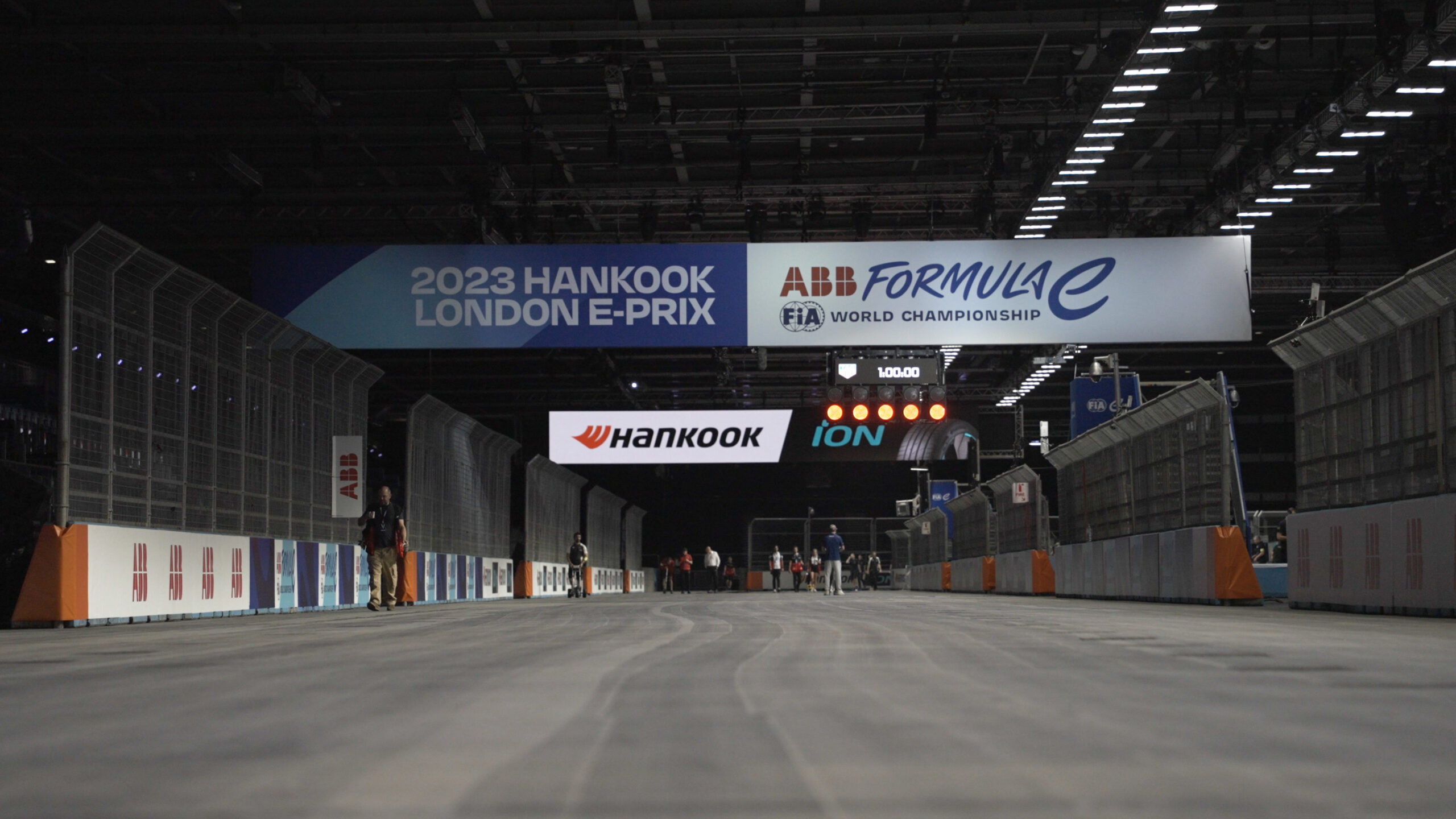We are delighted to have recently partnered with the Circular Textiles Foundation as we look to drive forward our circular economy efforts. Today, we had the unique opportunity of speaking with Tim Cross, to discuss our recent partnership, what this means and how we can create a better circular economy across the industry.
Please introduce yourself and explain who/what the Circular Textiles Foundation does.
I’m Tim, the Founder and CEO of The Circular Textiles Foundation (CTF). The CTF is a not-for-profit organisation that drives the transition to circularity for the UK textiles industry. We unite recyclers and brands, we educate and advise on recyclability principles, and we certify textiles as circular and designed to be recycled. The foundation enables circularity within the industry, making the transition accessible to all by providing resources and knowledge tailored to individual needs.
The Birmingham Commonwealth Games was the first major project we collaborated on. Can you explain the process of what happened to the materials after they had been used at the event?
The banners and material used at the Birmingham 2022 Commonwealth Games were all collected up following the event and they are in the process of being transported to the polyester recycling system. Once they arrive they will get processed through the recycling system and transformed into rPET pellets. These pellets are then a great resource as they are able to be used in the production of new product. This is a major transition for the events industry as those banners and event materials have now been saved from incineration or landfill.
There are a lot of benefits that come from recycling polyester, including the production of new products. What are some of the products you’ve produced using this process and what end goals do you hope to achieve?
We work with a range of brands across the industry, including fashion; homeware; workwear and events. This means that the quality of the product resulting from the recycling process varies hugely. The potential for new product is really promising and we foresee some very exciting advancements in the future for what the recycled polyester can be used for. So far we have seen it being spun into yarn which will be suitable for mills supplying the fashion industry. We’ve seen it being used for injection moulding and turned into buttons, toggles and other trims. We are anticipating it being turned back into banners and signage for use in the sporting events industry which would be transformational and demonstrate a brilliant, closed loop system. The goals are endless for us, we see huge opportunity in ensuring that this resource is not lost, it is retained and re-used.
The event and live experience industry is a large but overlooked global consumer of textiles especially as many branded items are single use in nature. How important will the partnership between CSM Live and the CTF be in regard to driving forward textile circular economy efforts within the industry?
This partnership is significant for the event and live experience industry and hopefully other organisations will follow your lead. It is partnerships like these which will show the practical action needed to make the change and therefore drive progress forward for a circular economy. There are obviously complex elements involved in shifting a business to become circular and we exist to help organisations with that process. Our expertise in textiles circularity will support CSM Live’s transition to using recycled product and importantly when needing to create new textile product for events, ensure that it is designed to be recycled and has a clear end-of-life plan to be recycled back into a usable resource. It is very difficult for one company to do this alone, the CTF creates a platform for brands and organisations to come together and provide the feedstock for recyclers to operate at scale.
What are some of the unseen hurdles companies and organisations face when attempting to implement textile recycling at major sporting events?
There are two major barriers in general, one of which being the clearing and sorting of textile waste following major sporting events – ensuring it is separated appropriately from other waste, and the second being the lack of information for the recycler. If the recycler doesn’t know the composition of the textile waste they are therefore unable to process it due to the risk of it not being recyclable and suitable for the technology. Barriers include coatings applies to the material, metal rivets, printing applications, adhesives etc. The CTF applies a certification process to the materials we analyse to ensure that when it does reach it’s end-of-life it is easily recognisable as recyclable and will have a guaranteed route for the appropriate recycler.
Today, organisations and individuals are far more switched on and aware of the impact they have on the environment. Despite this, there is still a lot more that can be done. What are the next steps we can take as an industry to implement in our own practices and create meaningful change?
This is a great question and difficult to provide a short answer to! I think from an events industry perspective, internal education for employees is crucial. This will not only have a ripple effect into individuals’ personal lives and practices but it is crucial to have everyone on board in order to implement meaningful change. This is the same across all industries, improving individuals understanding is crucial to combining these efforts and making a difference. So a good step would be to implement a compulsory internal education programme to reach all levels – juniors up to decision-makers. Through this programme employees should then be tasked with setting targets within their teams to show how they are contributing to reducing waste, carbon and any negative impacts on the environment. Another important step is to utilise the power of marketing and communications in the work you do with clients and brands. Ultimately advertising materials at events could harness great potential in messaging and awareness to attendees and therefore have a wider reach.









